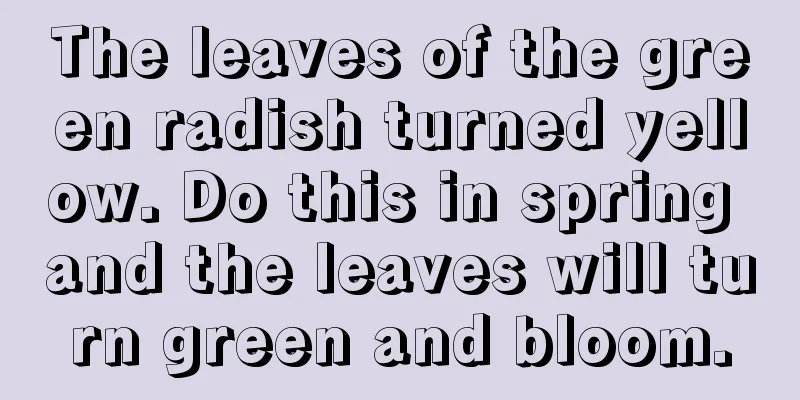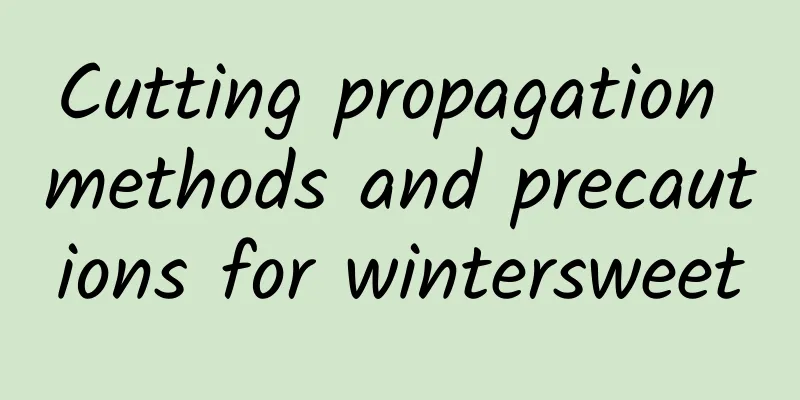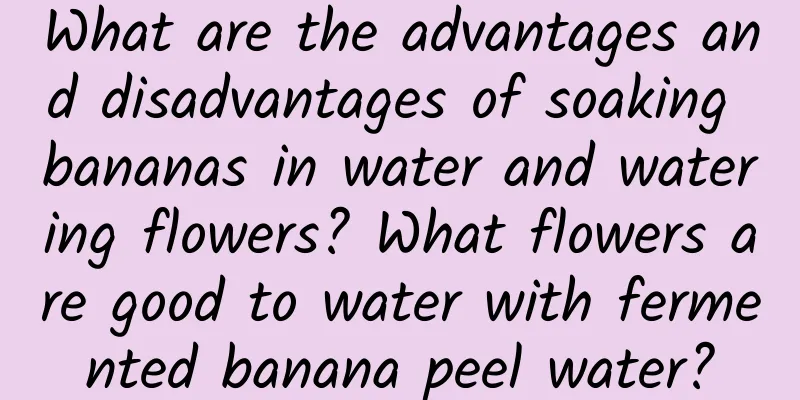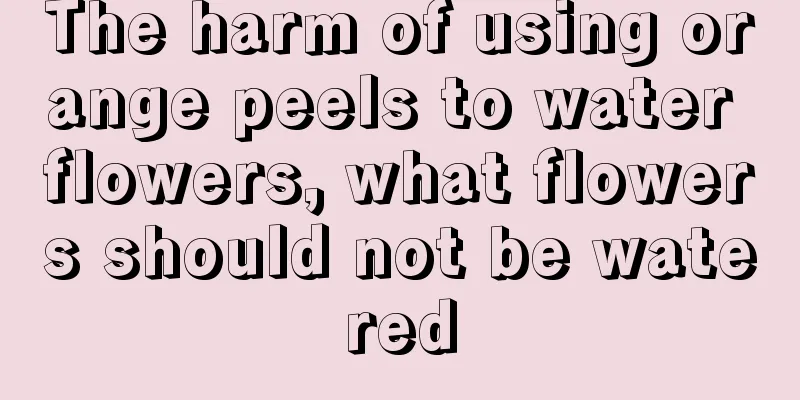The Flower Language and Legend of Polygonum multiflorum

The Flower Language of Polygonum multiflorumThe flowers of Polygonum multiflorum have spike-like racemes, which are terminal or axillary on the branches. The flowers grow very densely and slightly drooping, and are always grouped together to form a cone. The flowers are light pink or rose red and look elegant and beautiful. The flowering period of Polygonum multiflorum is between June and September every year, and the flowering period is relatively long. The flower language of Polygonum multiflorum is more than one, and it seems that people still like it very much. Flower language one: determination and longing, representing people’s inner persistence and desire for love. Flower language two: feeling of parting. Use this flower to express the desire for love and the reluctance to separation. Legend of Polygonum multiflorumIt is said that there was an official among the people who was about to leave home to work far away. When he was about to leave, all his good friends came to see him off. The people seeing him off were mostly scholars and men of letters, but there were also some military officers who looked rather crude, and they did not match the literati at all. The literati all disliked this military officer, so they played a trick on him. They proposed that each of them should compose an impromptu poem and give it to the official who was about to leave. The literati thought of poems one after another and recited them. Each literati confidently composed a poem and gave it to the official. Finally, it was the military officer's turn. The literati were all thinking that it was impossible for a military officer to compose a poem and were ready to laugh at him. Waiting to see him make a fool of himself. At this time, the military officer said: "You also write a poem to send off your old friend, and I will also write a poem to send off my old friend." These two lines of poetry sounded really vulgar, and the literati all laughed secretly. At this time, the military officer uttered the last two lines of the poem, which shocked all the literati present: The red reed flowers south and north of the river are like the blood in the eyes of those who are separated. Although this poem sounds simple, its artistic conception is very consistent with the mood of farewell and reluctance to leave. Beautiful flowers have beautiful language and legends. I hope you can also feel the language of flowers from them. |
<<: The efficacy and function of peach
>>: These plants are more popular in smog-prone weather
Recommend
How to propagate pepper tree
1. Planting There are some disadvantages to propa...
How to raise Hongyun Dangtou
1. Temperature The growth of the lucky charm plan...
How to grow passion fruit on the balcony and the best planting method
Passion fruit can be planted on the balcony. It l...
Cultivation methods and precautions of Cineraria
Cineraria is relatively easy to grow. It is parti...
How to wash bayberry
1. Alkaline water cleaning Bayberry can be washed...
How to grow lemon seeds in small pots
1. Seed selection Choose fully ripe lemons to tak...
When is the best time to plant radishes?
Radish is a common root vegetable belonging to th...
How to care for the bulbs after the amaryllis flowers bloom
1. Pruning To reduce nutrient consumption, you ne...
How to grow hyacinth
1. Soil culture method 1. Soil: If it is cultivat...
How to grow the Welcoming Pine to make it grow vigorously?
The Welcoming Pine has the profound meaning of sy...
Can Jade Plant be hydroponically cultivated? Hydroponics methods and precautions
Can jade tree be hydroponically cultivated? Jade ...
What kind of turtle is good to keep at home? How to raise it?
Turtles are not only a symbol of longevity, but a...
When does the lotus bloom?
1. When is the season open? Lotus is an aquatic f...
The meaning of yellow chrysanthemum, the meaning of chrysanthemums of various colors
1. The flower language of yellow chrysanthemum 1....
How to water air plants
Watering method Water spray Spraying water is rel...









